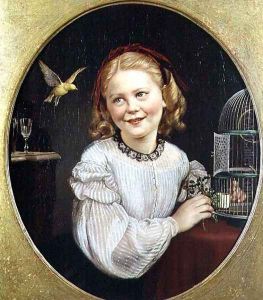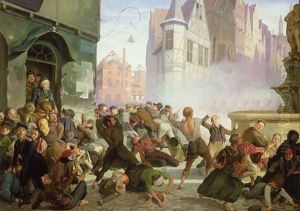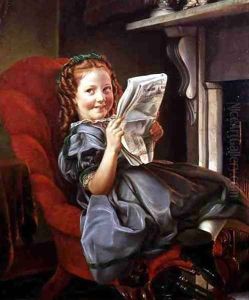Philip Hoyoll Paintings
Philip (Philips) Hoyoll, also spelled Hojoll, was a Baroque painter whose year of birth is generally estimated around 1600, although the exact date is unknown. His place of birth is similarly uncertain, but he is believed to have been of Flemish origin. Hoyoll’s life and work are not as well documented as those of his more famous contemporaries, which is why less is known about his personal history.
Hoyoll's artistic career is thought to have taken off in the first half of the 17th century. He was active during a time when the influence of Flemish Baroque painting was spreading throughout Europe. Although there is not an extensive record of his training, it is possible that he was influenced by or associated with the works of prominent Flemish painters of the time, such as Peter Paul Rubens or Anthony van Dyck, who were known for their dynamic compositions and vibrant use of color.
The artist specialized in still life paintings, and his works often featured themes common in the genre at the time, including vanitas and momento mori motifs, which serve as reminders of the transience of life and the inevitability of death. His paintings often included objects such as musical instruments, books, and scientific apparatus, which were popular subject matter in still life painting and reflected the cultural interests of the period.
Hoyoll's paintings were characterized by a meticulous attention to detail and a rich palette that conveyed texture and materiality. This was typical of Flemish still life painters, who were renowned for their ability to render surfaces and objects with lifelike precision.
Philip Hoyoll's death is recorded in 1655, although again, the location of his death is not well documented. His works, although not as well-known as those of his contemporaries, contribute to the understanding of Baroque still life painting. Today, his paintings can be found in various art collections and are studied by those interested in the Baroque period and the development of still life as a genre in European art history.


